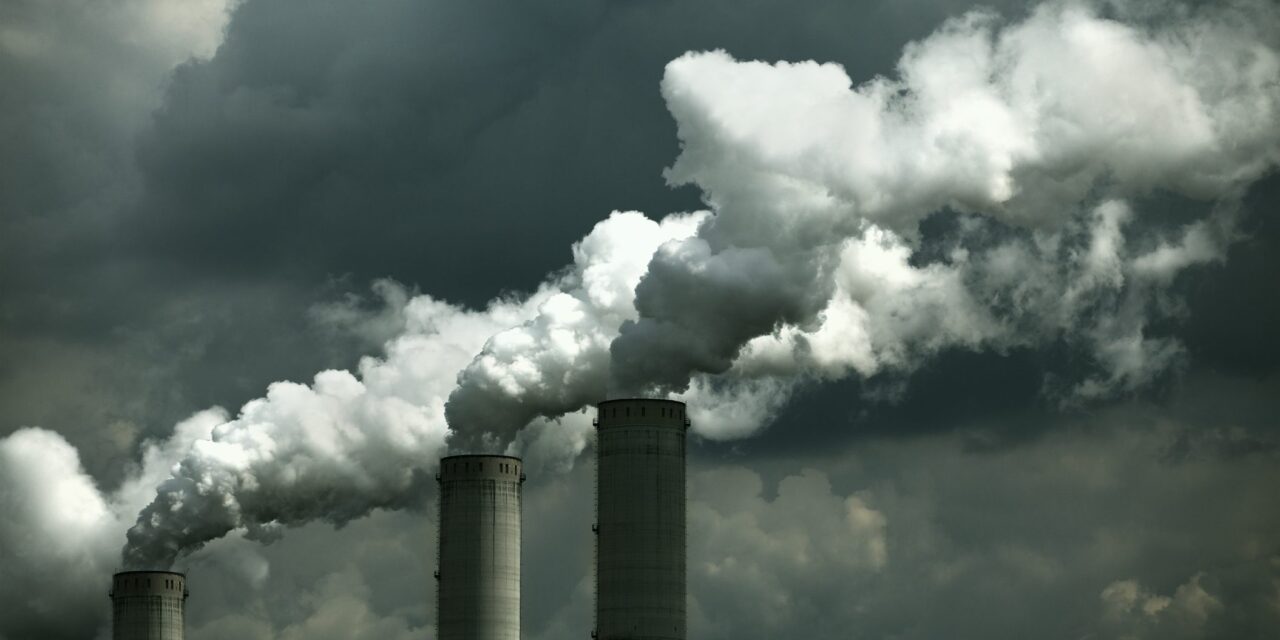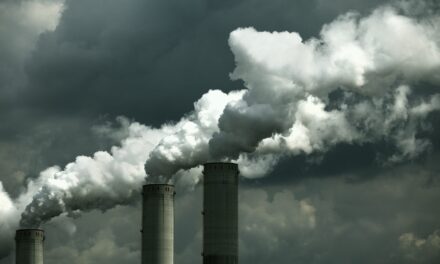The national media seems to have noticed that someone forgot to turn off the snow spigot in upstate New York. It is interesting how with all the media coverage of the denizens of Oswego County, New York and their valiant struggle against what is now approaching six feet of snow fallen in less than a week, few seem to be discussing the elephant in the room — climate change (or “global warming” as it is popularly known).
Two things: (1) Large lake effect events in Oswego Co. are not unprecedented. (2) Everyone has been waiting for this event, “The Big One,” for several years.
It’s because heavy lake effect snow is a direct result of increased warming of Great Lakes water. When December and January passed with springlike temperatures, suddenly everyone realized that all it was going to take to precipitate (no pun intended) “The Big One” was for the cold air mass from Canada to finally show up.
Lake effect snow is not a mystery: It’s simply caused when warm lake water evaporates and moistens the atmosphere, and then it hits cold air over land and turns into heavy snow squalls in the form of a narrow, usually diagonal (northwest-southeast) band. These bands oscillate lazily from north to south and back, dumping snow over the inhabitants below, sometimes not dissipating for days on end. Imagine a big Nor’easter that can continue (theoretically) indefinitely until spring, never moving.
Lake Ontario is the smallest Great Lake, but for its small size, it’s relatively very deep. Unlike Lake Erie, which is very shallow and tends to freeze over (thus cutting off the snow machine), Ontario almost never freezes, and when you have a warm summer, fall and even winter (like this year), all that deep water holds the heat very nicely. This is why Oswego County (or more specifically, about a 15-square-mile swath of it) gets all the white stuff. It just happens to be in the ideal location.
The last “Big Event” was in February 2004, and it looks like this one is just about ready to surpass that one in terms of snow totals. If average yearly temperatures continue to rise, Oswego’s future is not difficult to predict. It will continue to experience mega-events like this one until the temperatures finally (in a few decades?) get so warm that the Canadian cold air never arrives and snow never falls on Tug Hill again.
The national weather mavens ought to be talking about this, but of course they won’t. In the meantime… you might want to keep your shovel ready.




